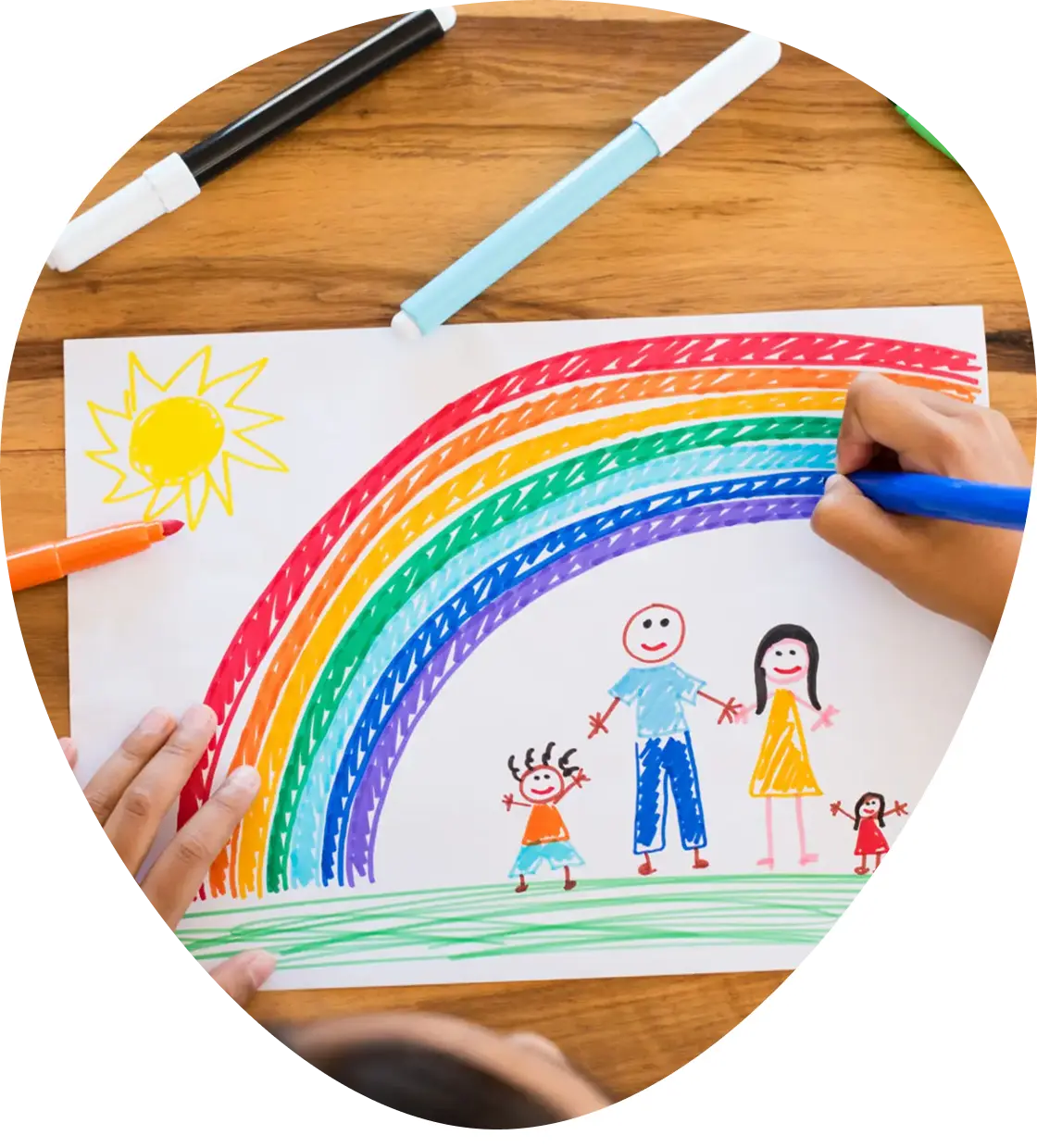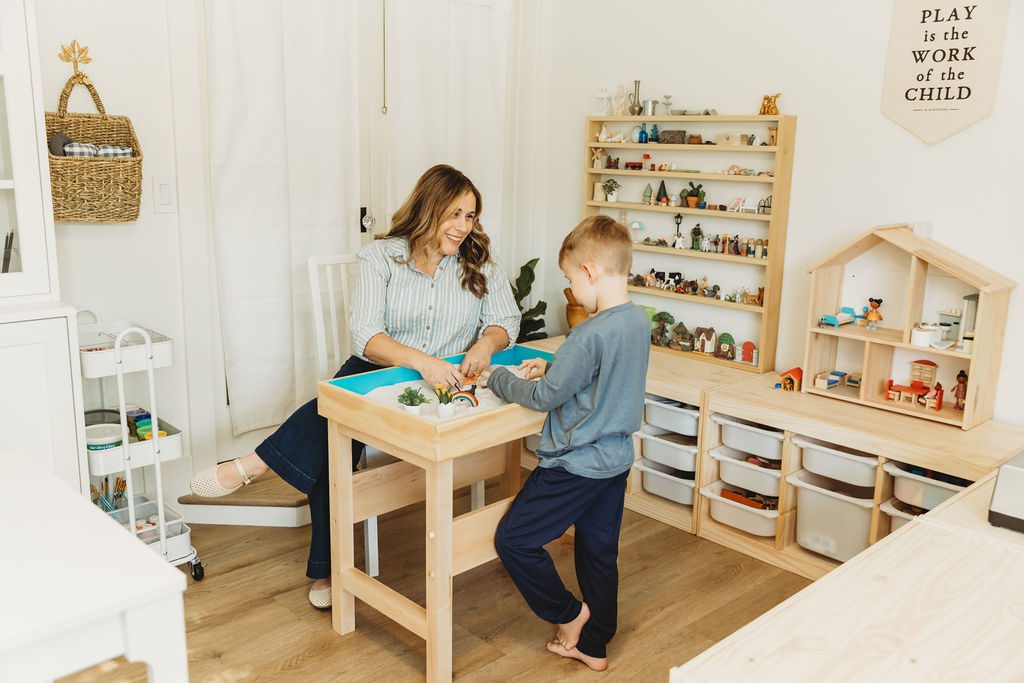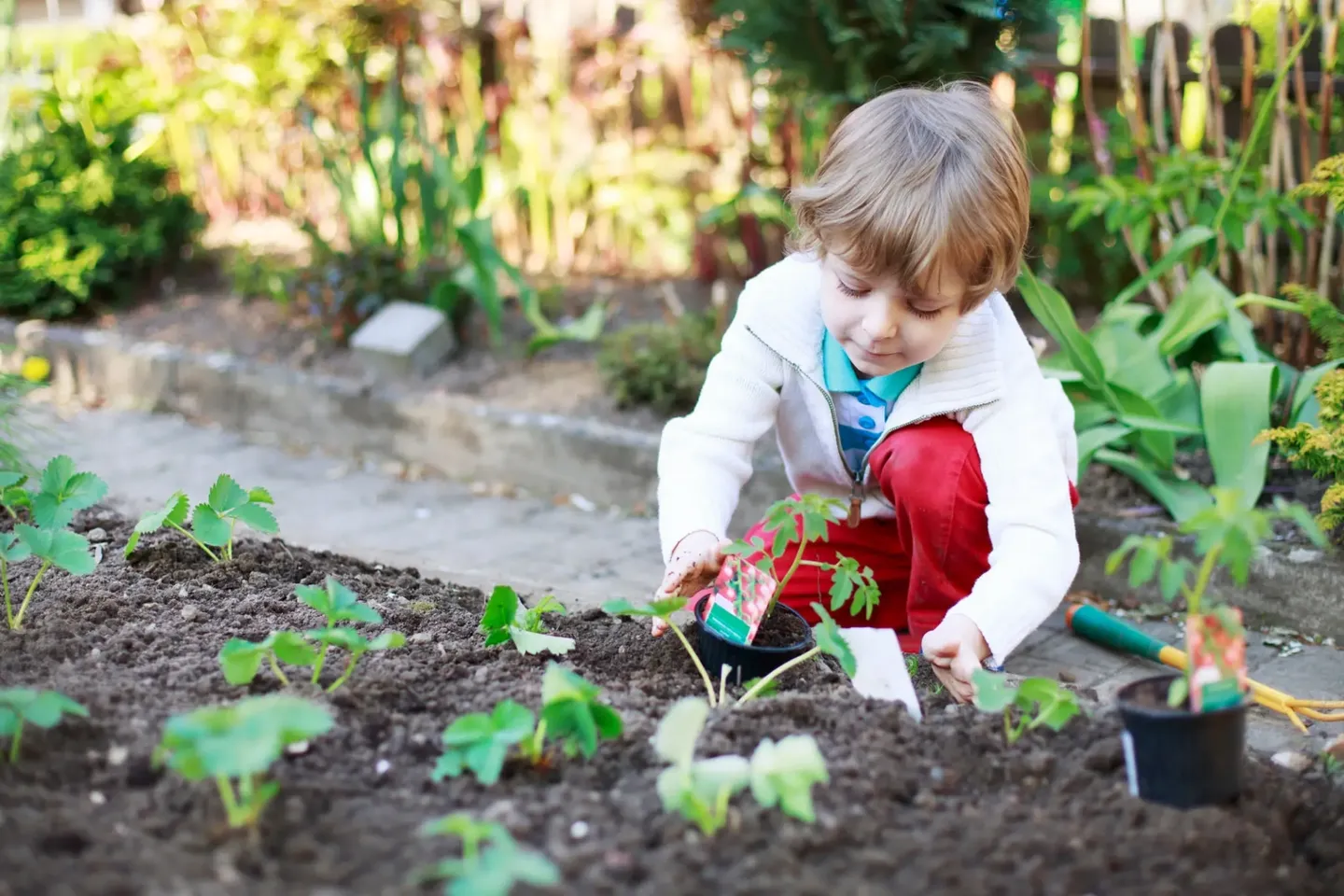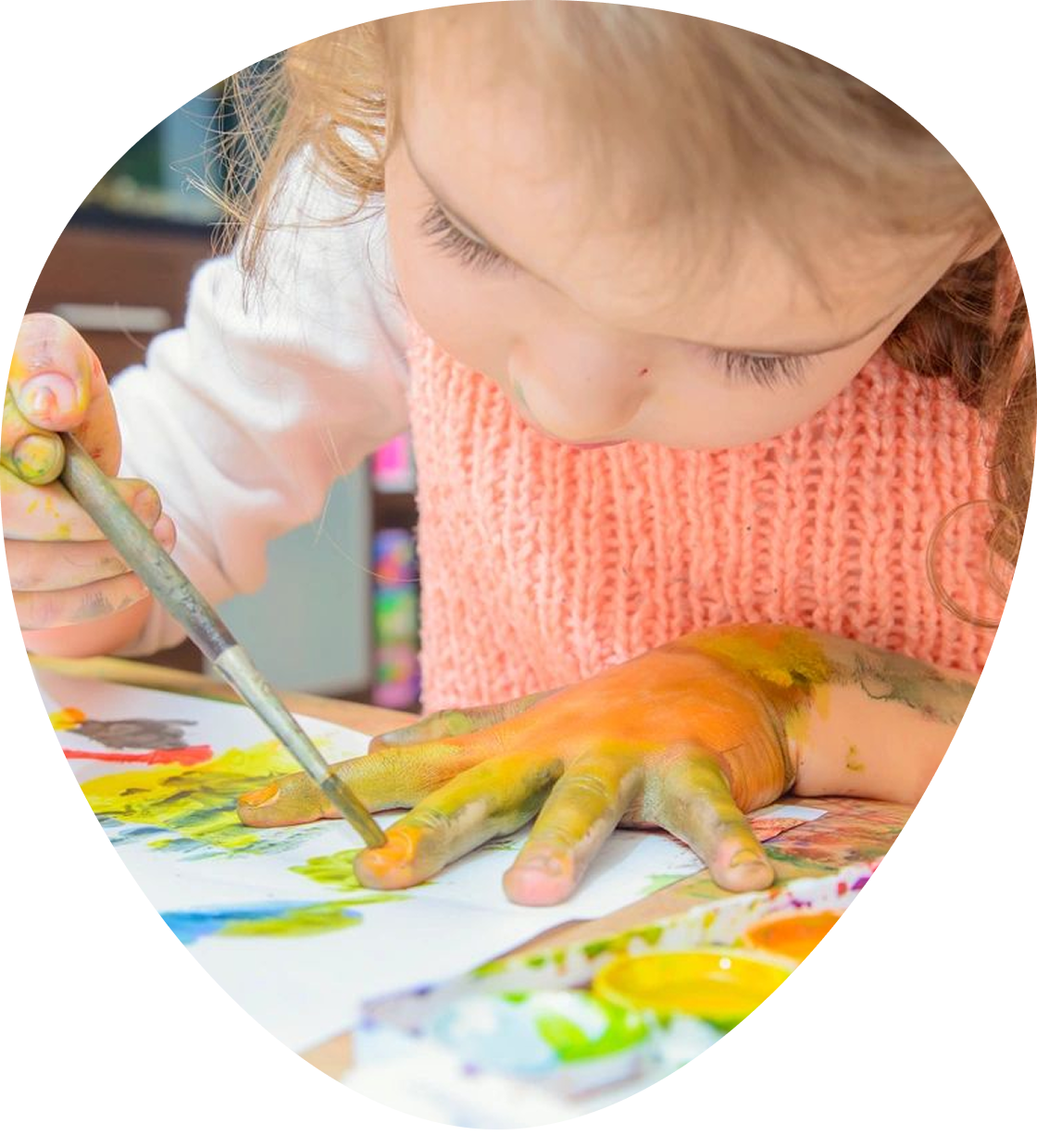
Child-Led & Therapist- Directed Approaches
Children naturally express emotions and experiences through play rather than words. Using toys, games, and creative interventions, they process complex feelings in a way that feels safe and natural. The therapist provides a supportive space where children can explore challenges, develop coping skills, and feel understood.
Play Therapy
Play therapy provides children with a safe, supportive space to express themselves through play. In child-led play therapy, children take the lead, using toys, games, and creative materials to process their emotions and experiences at their own pace, while the therapist offers guidance and support as needed. In directive play therapy, the therapist introduces structured activities or themes to help address specific concerns, such as emotional regulation, anxiety, or behavioral challenges. By integrating both approaches, therapy remains responsive to each child’s unique needs, allowing them to feel empowered while receiving the support necessary for growth.

How It Helps
Creates a safe, supportive space for emotional expression
Encourages self-discovery and problem-solving through play
Enhances communication and connection with others
What It Helps With
Emotional regulation
Trauma recovery
Grief and loss
Social skill development
Anxiety and fear
Behavioral challenges
Family dynamics (e.g., divorce, conflict)
Self-esteem
School-related difficulties (e.g., separation anxiety, peer issues)
Why Play Therapy
Children naturally communicate through play rather than words. Play therapy allows them to express emotions, explore relationships, and navigate experiences in a way that feels safe and natural. Through toys, games, and creative activities, they can symbolize complex emotions and issues that may be difficult to verbalize. In a supportive therapeutic setting, play becomes a tool for self-discovery, emotional processing, and problem-solving.

Expressive Play Therapy
Children express themselves naturally through creative activities. Sand tray therapy allows them to build scenes that reflect their emotions and experiences. Art-based play uses drawing and painting to externalize feelings, while clay therapy provides a hands-on way to process emotions through sculpting. Role-playing and dramatic play help children explore social interactions and practice problem-solving in a safe, imaginative space. These approaches offer alternative ways for children to communicate, build resilience, and gain emotional insight.
How It Works
Engages children in creative, hands-on activities that support emotional expression
Provides a safe space to process feelings that may be difficult to put into words
Encourages self-reflection, confidence, and personal growth
What It Helps With
Emotional expression and regulation
Anxiety, stress, and overwhelming feelings
Self-awareness and self-esteem
Communication and social skills
Processing trauma, grief, and major life changes
Behavioral challenges and coping strategies
Cognitive Behavioral Play Therapy (CBPT)
CBPT combines play therapy with cognitive-behavioral techniques to help children understand and manage their thoughts, feelings, and behaviors. Through games, role-playing, and structured activities, children learn to recognize unhelpful thinking patterns, build coping skills, and develop healthier ways to respond to challenges.

How It Helps
Helps children recognize and shift unhelpful thought patterns
Builds problem-solving and emotional regulation skills
Encourages healthy coping strategies through play and structured activities
What It Helps With
Anxiety and fears
Depression and low mood
ADHD and impulse control
Anger and frustration management
Behavior and self-regulation challenges
Social and school-related difficulties
Building confidence and self-esteem
Outdoor Therapy (Coming Soon)
Outdoor therapy incorporates nature-based interventions to promote emotional regulation, self-awareness, and overall well-being. In a carefully designed backyard setting, children engage in activities such as gardening, sensory play, and mindfulness exercises to process emotions, build coping skills, and develop a sense of calm and connection.


Parent Support
Parent support empowers caregivers with tools to strengthen their relationship with their child, navigate challenges, and foster healthy emotional development. Through education and guidance, parents learn effective strategies for behavior management, communication, and understanding their child’s unique needs.
How It Helps
Equips parents with practical strategies to support their child’s emotional and behavioral needs
Provides guidance on navigating challenges such as school difficulties, trauma, and family stress
Fosters confidence in parenting through education, coaching, and emotional support
What It Helps With
Strengthening parent-child connections
Managing parenting stress and burnout
Understanding child development and emotional needs
Addressing behavioral challenges at home
Navigating major life transitions and family changes
Book a Child Therapy Session
Therapy provides children with extra support to navigate emotions, build resilience, and develop healthy coping skills. Reach out to explore how we can work together to support your child’s growth.

